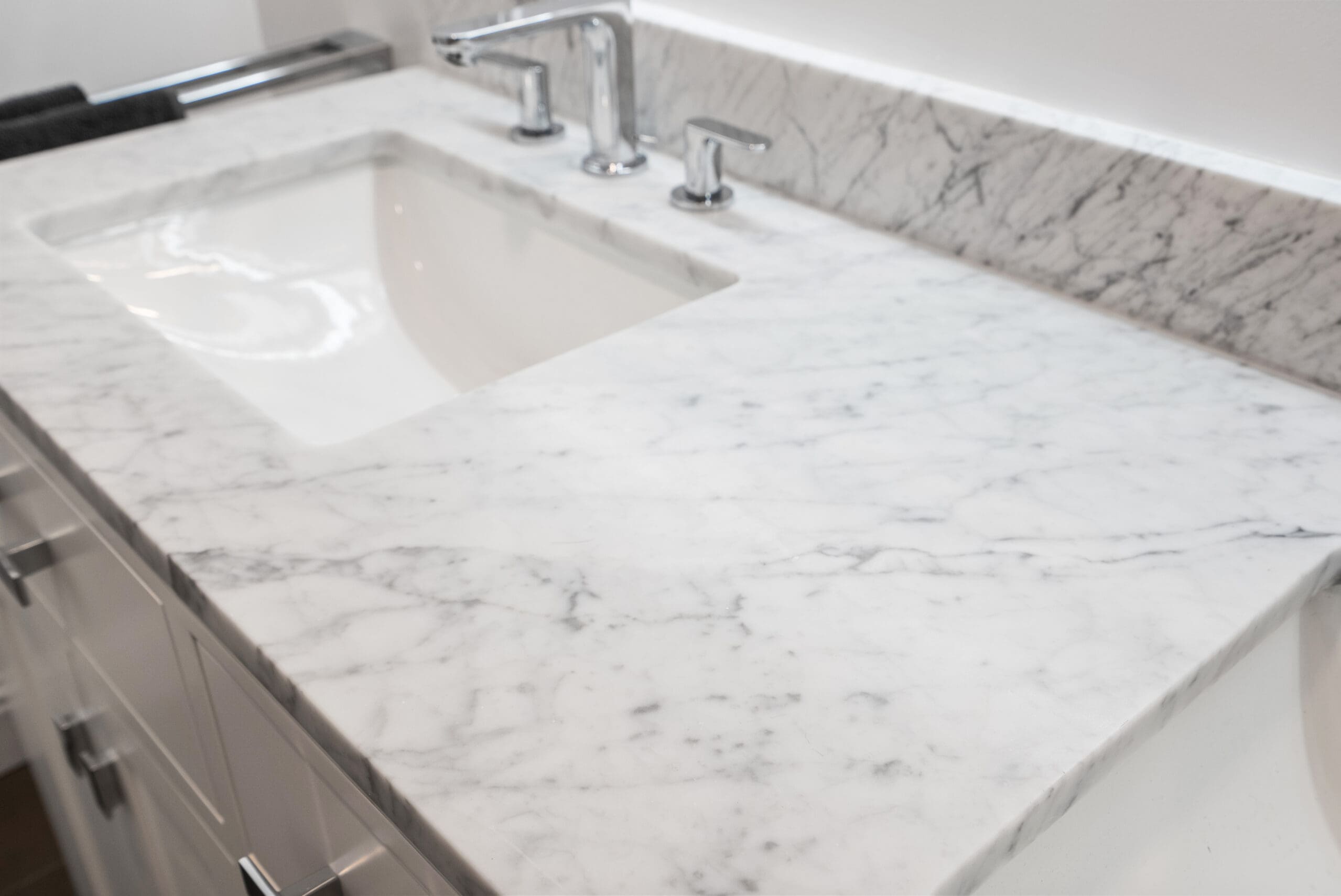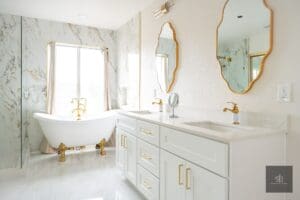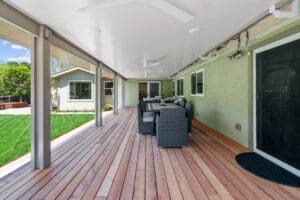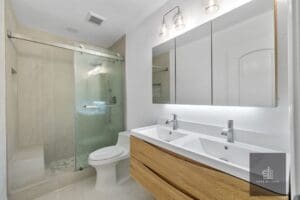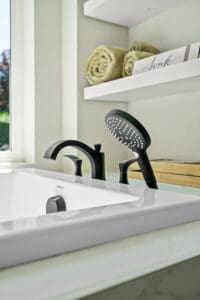Why More Golden Bay Residents Are Opting For Accessible Home Designs
Hey there! Let’s talk about our homes. We all have that picture in our minds of our “forever home,” right? It’s the place where we plan to make decades of memories. But here’s a thought that often hits us later than it should: is that beautiful house actually designed to accommodate us as we get older? Lately, we’ve noticed a fantastic shift in Golden Bay. More and more of our neighbors are proactively choosing accessible home designs, not as a clinical necessity, but as a smart, stylish, and deeply practical way to future-proof their lives.
Gone are the days when “accessible” meant sterile and institutional. IMO, we’re finally realizing that a home that is easier and safer for everyone to live in is just a better home, full stop. Whether it’s a simple bathroom remodeling project or a full whole house remodeling plan, the goal is the same: to create a space that welcomes you at every stage of life. And honestly, it’s a trend we are totally here for.
So, What Exactly is “Aging in Place” Design, Anyway?
It sounds like a buzzword, but the concept is beautifully simple. “Aging in place” means designing or modifying your home so you can live in it safely, comfortably, and independently as you get older. But here’s the secret we’ve learned at EA Home Builders: these principles are universal.
Think about it. A zero-threshold shower isn’t just easier for someone with mobility issues; it’s a game-changer for bathing young kids or rolling in a muddy bike after a trail ride. Wider doorways are a blessing when you’re carrying a laundry basket or a large piece of furniture. It’s about building smarter, not just for a hypothetical future, but for the life we’re living right now.
We’ve seen this shift firsthand with our clients in Walnut Creek and Danville. They aren’t waiting for a reason to make these changes. They’re incorporating them into their luxury home renovations and custom remodels from the very beginning because it adds long-term value and peace of mind.
The Core Elements of a Truly Accessible Home
When we sit down with homeowners for a consultation, we break it down into manageable pieces. You don’t have to do everything at once, but having a master plan is key. Here are the big-ticket items we always discuss.
The Heart of the Home: The Kitchen
A kitchen remodeling project is the perfect opportunity to bake accessibility right in.
- Variable-Height Countertops: Sections that can be raised or lowered make food prep comfortable for everyone, whether you’re tall, using a wheelchair, or your kids want to help bake cookies.
- Pull-Down Shelves and Drawers: Deep cabinets can be a pain, literally. Smart storage solutions bring items to you, eliminating awkward bending and reaching.
- Lever-Handle Faucets: These are easier for hands with arthritis or limited grip strength to use. Plus, they just look sleek!
The Sanctuary: The Bathroom
Bathroom remodeling is probably the most common starting point for accessible design, and for good reason—it’s where most slips and falls happen.
- Curbless Showers: This is the gold standard. They are not only safer but also incredibly modern and easy to clean.
- Grab Bars: And no, we’re not talking about the clunky, hospital-looking ones. Today’s grab bars can be stylish, doubling as towel racks or toilet paper holders. It’s all about integrating safety seamlessly.
- Comfort-Height Toilets: Just a few inches make a world of difference in ease of use.
The Entire Layout: Flow and Movement
This is where thinking like a general contractor with experience in universal design really pays off.
- Wider Doorways and Hallways: Aiming for at least 36-inch-wide doorways ensures a wheelchair or walker can pass through easily. It also just makes the home feel more open and airy.
- Single-Story Living: If you’re planning a home addition contractor, think about creating a main-floor primary suite. For multi-story homes, we often discuss residential elevators or chairlifts as part of the long-term plan.
Beyond the Basics: The Basement and More
Don’t forget about other spaces! A basement remodel contractor can transform an underutilized area into a cozy, accessible guest suite or entertainment room. The same principles apply: good lighting, non-slip flooring, and a logical, open layout.
Let’s Get Real: The Cost of Comfort and Safety
We know what you’re probably thinking: “This sounds amazing, but what’s the price?” It’s a fair question. The cost of integrating these features varies wildly based on the scope of your project.
The good news? Incorporating accessibility features during a planned home remodeling project is almost always more cost-effective than doing it as a reactive, emergency retrofit later. Think of it as an investment in your future independence. A reputable remodeling company like ours in Contra Costa County will work with you to prioritize projects that fit your budget, whether it’s a phased approach or a one-time transformation.
To give you a clearer picture, here’s a quick breakdown of common projects and their general considerations:
| Feature | Consideration During a Remodel | Potential Cost Impact | Long-Term Value |
|---|---|---|---|
| Wider Doorways | Requires reframing openings. Easiest during a whole house remodeling. | Low to Moderate | Massive increase in accessibility and resale appeal. |
| Curbless Shower | Requires re-sloping the floor and a linear drain. | Moderate | Huge safety improvement and a major selling feature. |
| Reinforced Bathroom Walls | Adding blocking behind walls for future grab bars. | Minimal | Saves significant cost and hassle down the road. |
| Lever Handles | Simple swap for existing knobs. | Very Low | Immediate improvement in usability for all ages. |
| Smart Home Tech | Voice-activated lights, thermostats, and security. | Varies | Adds convenience and security, a modern must-have. |
Finding the Right Partner for Your Project
Okay, so you’re sold on the idea. Now, the big question: how do you find the nearest expert home improvement team to make it happen? A quick search for a “home renovation contractor near me” will give you a thousand options. But you need more than just the closest one.
You need a team that gets it. You need a general contractor who views these features not as add-ons, but as integral to a well-designed home. This is where reviews are your best friend. Look for a contractor with proven experience in universal design principles.
For those of us in the Bay Area, from Oakland to Danville, the team at EA Home Builders has built a reputation on this very philosophy. We don’t just see a bathroom renovation contractor project; we see a chance to create a safer, more beautiful space for your family for years to come. The same goes for when we put on our basement contractors hat—every space is an opportunity for intelligent design.
Your Questions, Answered
We get a lot of the same great questions from homeowners. Let’s tackle a few.
1. Won’t an accessible design make my house look like a hospital?
Absolutely not! This is the biggest misconception. Modern accessible design is all about integration. Think sleek, hand-held showers mounted on a slide bar, beautiful tile that happens to be slip-resistant, and reinforced walls that allow for stylish grab bars you’d choose for their look anyway. The goal is invisible safety.
2. I’m not a senior citizen. Is this really necessary for me right now?
Fair point! But consider this: have you ever sprained an ankle? Ever tried to maneuver with a sleeping child in your arms? Ever had a parent or friend with a temporary mobility issue come to visit? Accessible design benefits everyone, every single day. It’s proactive, not reactive.
3. How do I start planning for this?
Start with a conversation. The best first step is to talk with a home addition contractor or remodeling company that specializes in this area. At EA Home Builders, we offer consultations to help you create a phased plan. Maybe you start with the primary bath this year, then tackle the kitchen in five years. Having a master plan takes the stress out of the process and ensures all future work is cohesive.
Building a Home For Your Whole Life
At the end of the day, our homes are our havens. Investing in accessible design isn’t about acknowledging limitations; it’s about embracing freedom. It’s about knowing that your beautiful home in Golden Bay will be a source of comfort and independence for as long as you live there.
So, why wait? Let’s start a conversation about your future. Let’s build a home that’s not just for now, but for all the chapters to come. 🙂
FYI, our team at EA Home Builders is always here to help you explore the possibilities. Give us a call—we’d love to hear about your vision and show you how we can make it a reality, beautifully and intelligently.

